Code
HCS27897
Weight
4.684 Kg / 10.33 lbs
Size
Height
30cm (12") Width
25cm (10") Depth
10cm (4") Material
Brass
Availability
Available

Safe Payment
We accept Paypal, Money Transfer, Bank Transfer
Confidence
Protection covers your purchase and personal data.
Worldwide Delivery
We ship Worldwide, except Russia.Shipping cost US$25.2 for upto 0.5 kgs

Hotline
Talk to help line for your question on 9841267335Bronze Finishing
This Nepali Statue Of Durga Sitting On Lion, [sand Casting], Glossy Finishing product features a stunning Bronze patina finish. Our store takes pride in offering this exclusive patina, which involves a meticulous process utilizing organic materials such as butter and vegetable color. The aim is to recreate the appearance of an aged bronze statue, evoking a sense of timeless elegance.
The art of giving the bronze color to red copper is truly exceptional and is practiced by skilled craftsmen. With each piece, you not only acquire a beautifully finished Nepali Statue Of Durga Sitting On Lion, [sand Casting], Glossy Finishing product but also pay homage to the artisans who are dedicated to preserving this rare and fading art form. The result is a unique and captivating aesthetic that adds a touch of sophistication and nostalgia to any setting. Read More . . .
This Nepali Statue Of Durga Sitting On Lion, [sand Casting], Glossy Finishing product features a stunning Bronze patina finish. Our store takes pride in offering this exclusive patina, which involves a meticulous process utilizing organic materials such as butter and vegetable color. The aim is to recreate the appearance of an aged bronze statue, evoking a sense of timeless elegance.
The art of giving the bronze color to red copper is truly exceptional and is practiced by skilled craftsmen. With each piece, you not only acquire a beautifully finished Nepali Statue Of Durga Sitting On Lion, [sand Casting], Glossy Finishing product but also pay homage to the artisans who are dedicated to preserving this rare and fading art form. The result is a unique and captivating aesthetic that adds a touch of sophistication and nostalgia to any setting. Read More . . .
Process: Sand Casting
This Nepali Statue Of Durga Sitting On Lion, [sand Casting], Glossy Finishing has been created using the sand casting system, also known as sand molding casting. This widely employed manufacturing process utilizes a sand mold to produce metal products and components in various sizes and shapes. Sand casting holds significant popularity in the industry, accounting for approximately 60% of all metal castings. The sand casting process involves six primary steps. First, a pattern or replica of the desired sculpture, in this case, Nepali Statue Of Durga Sitting On Lion, [sand Casting], Glossy Finishing, is created using a material like wood or metal. The pattern is then placed in a flask, which is a box-like structure divided into two halves. The next step involves packing the flask tightly with specially formulated molding sand, creating a mold cavity that matches the shape of the pattern. The pattern is subsequently removed, leaving behind a negative impression of the sculpture within the sand mold. Read More . . .
This Nepali Statue Of Durga Sitting On Lion, [sand Casting], Glossy Finishing has been created using the sand casting system, also known as sand molding casting. This widely employed manufacturing process utilizes a sand mold to produce metal products and components in various sizes and shapes. Sand casting holds significant popularity in the industry, accounting for approximately 60% of all metal castings. The sand casting process involves six primary steps. First, a pattern or replica of the desired sculpture, in this case, Nepali Statue Of Durga Sitting On Lion, [sand Casting], Glossy Finishing, is created using a material like wood or metal. The pattern is then placed in a flask, which is a box-like structure divided into two halves. The next step involves packing the flask tightly with specially formulated molding sand, creating a mold cavity that matches the shape of the pattern. The pattern is subsequently removed, leaving behind a negative impression of the sculpture within the sand mold. Read More . . .
Brief Introduction :
Durga is known as the Aadi Shakti (the original power). An embodiment of creative feminine force (Shakti), Durga exists in a state of svātantrya (independence from the universe and anything/anybody else, i.e., self-sufficiency) and fierce compassion.Durga manifests fearlessness and patience.
Iconography :In Hinduism, Durga meaning ("the inaccessible"or "the invincible") or Maa Durga one who can redeem in situations of utmost distress" is a form of Devi, the supremely radiant goddess, depicted as having eighteen arms, riding a lion or a tiger, carrying weapons and a lotus flower, maintaining a meditative smile, and practicing mudras, or symbolic hand gestures.[citation needed] The name is made of Sanskrit dur "with difficulty" and gā ("come", "go").
History :Durga was created as a warrior goddess to fight an asura (an inhuman force/demon) named Mahishasura. He had unleashed a reign of terror on earth, heaven and the nether worlds, and he could not be defeated by any man or god, anywhere. The gods went to Brahma, who had given Mahishasura the power not to be defeated by a man. Brahma could do nothing. They made Brahma their leader and went to Vaikuntha, the place where Vishnu lay on Ananta Naag. They found both Vishnu and Shiva, and Brahma eloquently related the reign of terror Mahishasur had unleashed on the three worlds. Hearing this Vishnu, Shiva and all of the gods became very angry and beams of fierce light emerged from their bodies. The blinding sea of light met at the Ashram of a priest named Katyayan and Durga emerged from this pool of light. The goddess Durga took the name Katyaayani from the priest and emerged from the sea of light. She introduced herself in the language of the Rig-Veda, saying she was the form of the supreme Brahman who had created all the gods. Now she had come to fight the demon to save the gods. They did not create her; it was her lila that she emerged from their combined energy. The gods were blessed with her compassion.
It is said that upon initially encountering Durga, Mahishasura underestimated her, thinking: "How can a woman kill me, Mahishasur-the one who has defeated the trinity of gods?". However, Durga roared with laughter, which caused an earthquake which made Mahishasur aware of her powers.
And the terrible Mahishasura rampaged against her, changing forms many times. First he was a buffalo demon, and she defeated him with her sword. Then he changed forms and became an elephant that tied up the goddess's lion and began to pull it towards him. The goddess cut off his trunk with her sword. The demon Mahishasur continued his terrorizing, taking the form of a lion, and then the form of a man, but both of them were gracefully slain by Durga.
Then Mahishasur began attacking once more, starting to take the form of a buffalo again. The patient goddess became very angry, and proclaimed to Mahishasur in a colorful tone-"Roar with delight while you still can, illiterate demon, because when I will kill you, the gods themselves will roar with delight". When Mahishasur had half emerged into his buffalo form, he was paralyzed by the extreme light emitting from the goddess's body. The goddess then resounded with laughter before cutting Mahishasur's head down with her sword.
Thus Durga sley Mahishasur, thus is the power of the fierce compassion of Durga. Hence, Mata Durga is also known as Mahishasurmardhini-the slayer of Mahishasur. According to one legend, the goddess Durga created an army to fight against the forces of the demonm king Mahishasur, who was terrorizing Heaven and Earth. After ten days of fighting, Durga and her army defeated Mahishasur and killed him. As a reward for their service, Durga bestowed upon her army the knowledge of jewelry-making. Ever since, the Sonara community has been involved in the jewelry profession.
It is said that upon initially encountering Durga, Mahishasura underestimated her, thinking: "How can a woman kill me, Mahishasur-the one who has defeated the trinity of gods?". However, Durga roared with laughter, which caused an earthquake which made Mahishasur aware of her powers.
And the terrible Mahishasura rampaged against her, changing forms many times. First he was a buffalo demon, and she defeated him with her sword. Then he changed forms and became an elephant that tied up the goddess's lion and began to pull it towards him. The goddess cut off his trunk with her sword. The demon Mahishasur continued his terrorizing, taking the form of a lion, and then the form of a man, but both of them were gracefully slain by Durga.
Then Mahishasur began attacking once more, starting to take the form of a buffalo again. The patient goddess became very angry, and proclaimed to Mahishasur in a colorful tone-"Roar with delight while you still can, illiterate demon, because when I will kill you, the gods themselves will roar with delight". When Mahishasur had half emerged into his buffalo form, he was paralyzed by the extreme light emitting from the goddess's body. The goddess then resounded with laughter before cutting Mahishasur's head down with her sword.
Thus Durga sley Mahishasur, thus is the power of the fierce compassion of Durga. Hence, Mata Durga is also known as Mahishasurmardhini-the slayer of Mahishasur. According to one legend, the goddess Durga created an army to fight against the forces of the demonm king Mahishasur, who was terrorizing Heaven and Earth. After ten days of fighting, Durga and her army defeated Mahishasur and killed him. As a reward for their service, Durga bestowed upon her army the knowledge of jewelry-making. Ever since, the Sonara community has been involved in the jewelry profession.


![Nepali Statue Of Durga Sitting On Lion, [sand Casting], Glossy Finishing](https://handicraftseller.com/uploads/pics/product/thumb/2023/01/27897.jpg)
![Nepali Statue Of Durga Sitting On Lion, [sand Casting], Glossy Finishing](https://handicraftseller.com/uploads/pics/product/thumb/2023/01/27897_0.jpg)
![Nepali Statue Of Durga Sitting On Lion, [sand Casting], Glossy Finishing](https://handicraftseller.com/uploads/pics/product/thumb/2023/01/27897_1.jpg)
![Nepali Statue Of Durga Sitting On Lion, [sand Casting], Glossy Finishing](https://handicraftseller.com/uploads/pics/product/thumb/2023/01/27897_2.jpg)
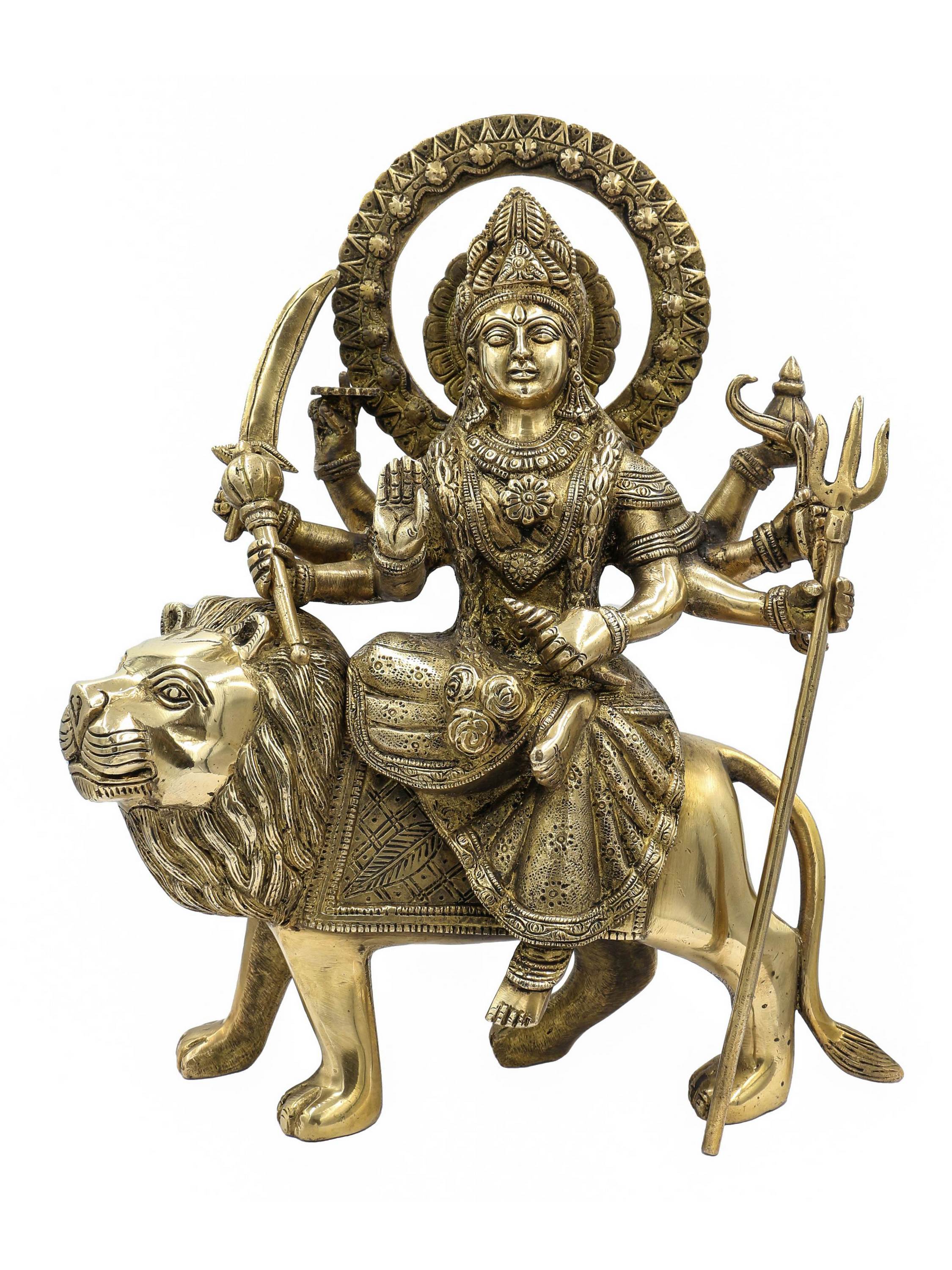
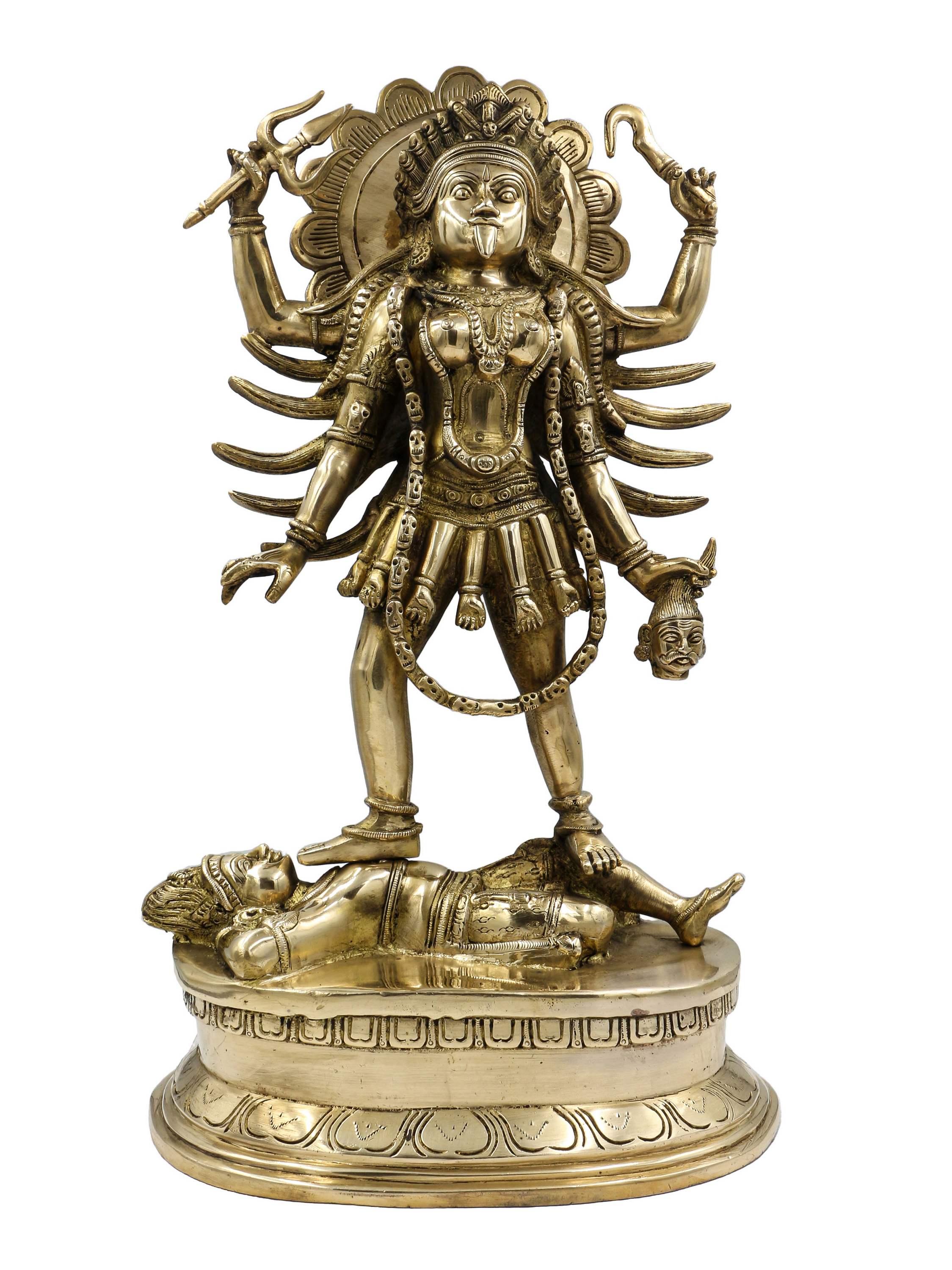 of Kali,
of Kali, 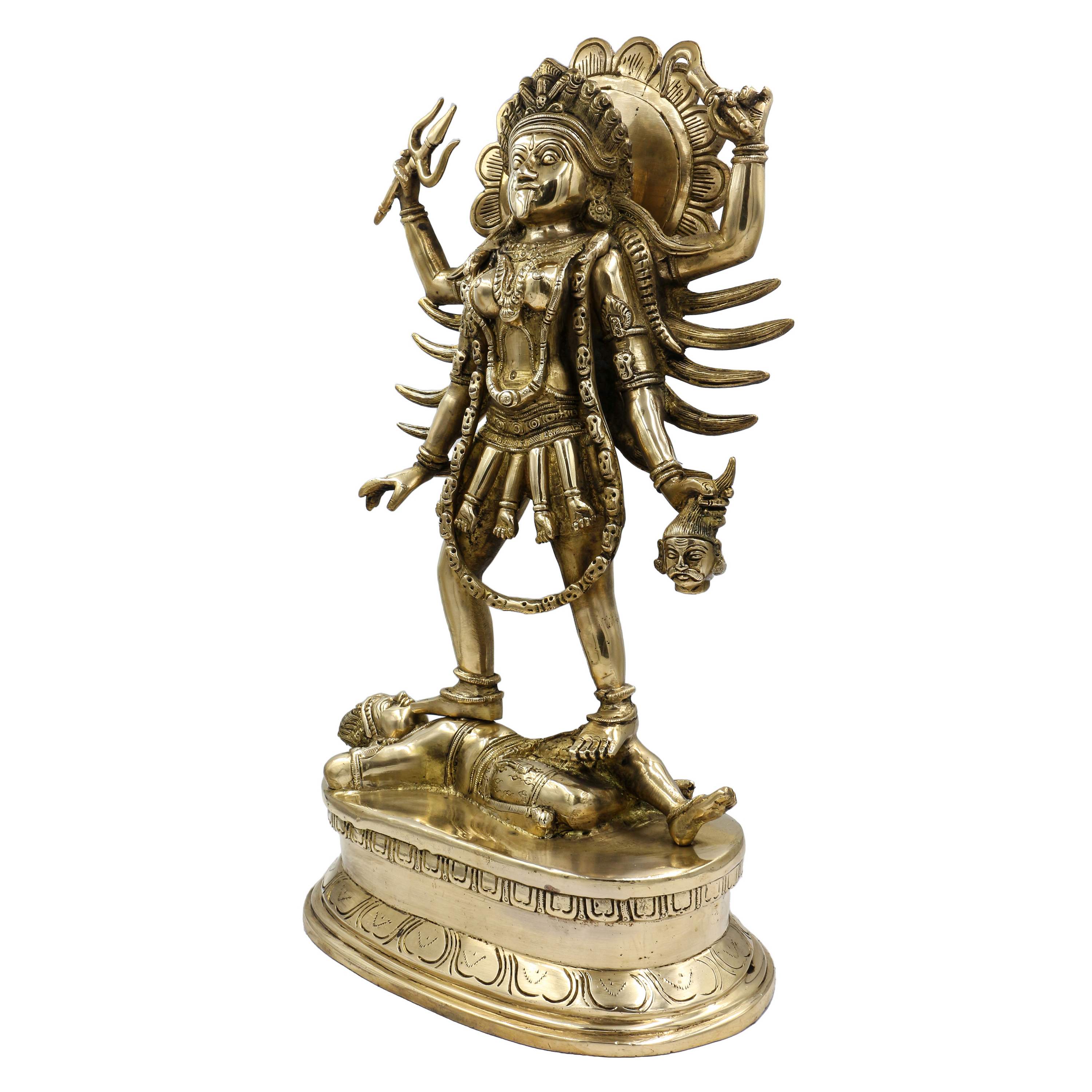 of Kali,
of Kali, 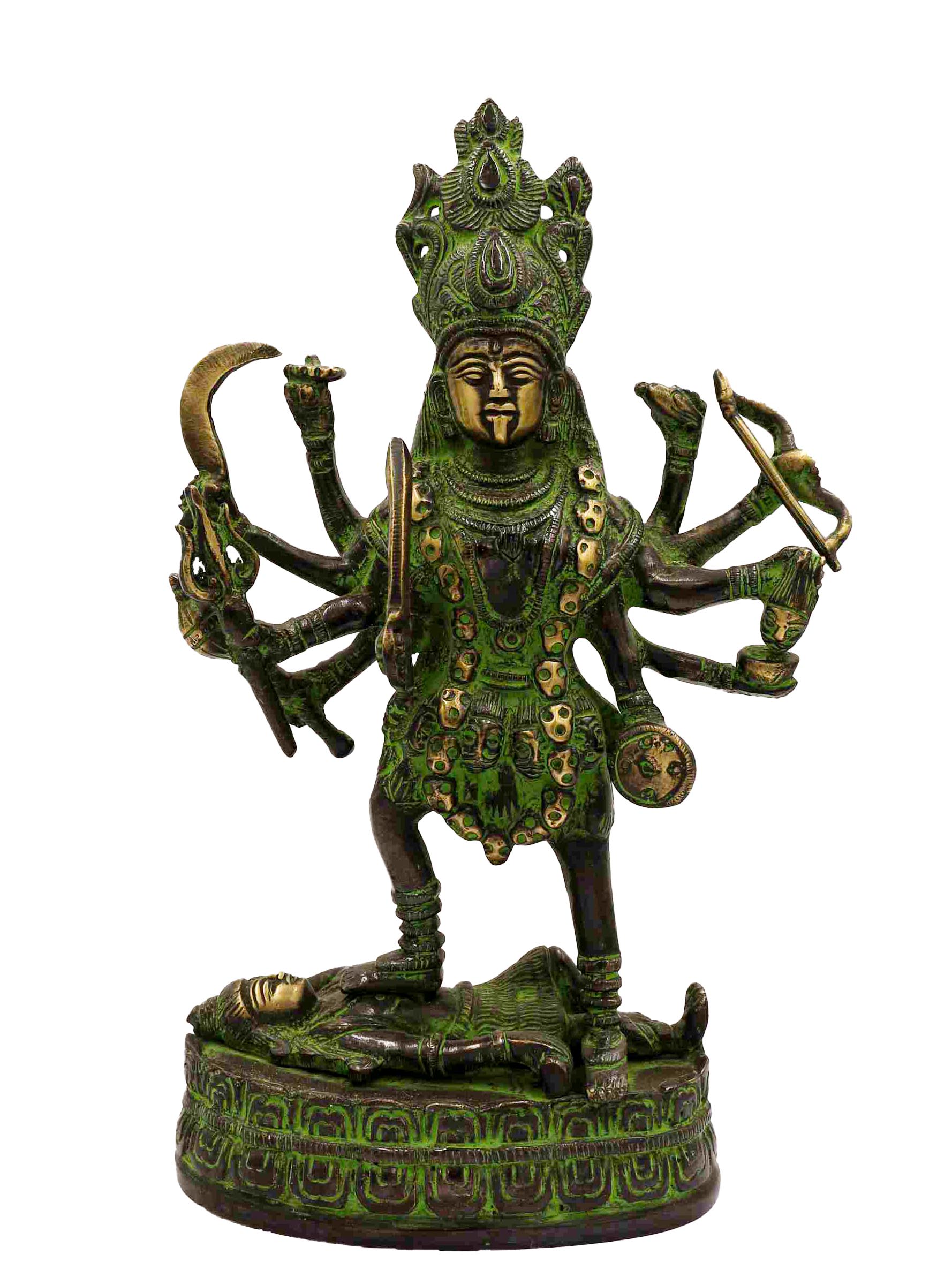 of Kali
of Kali 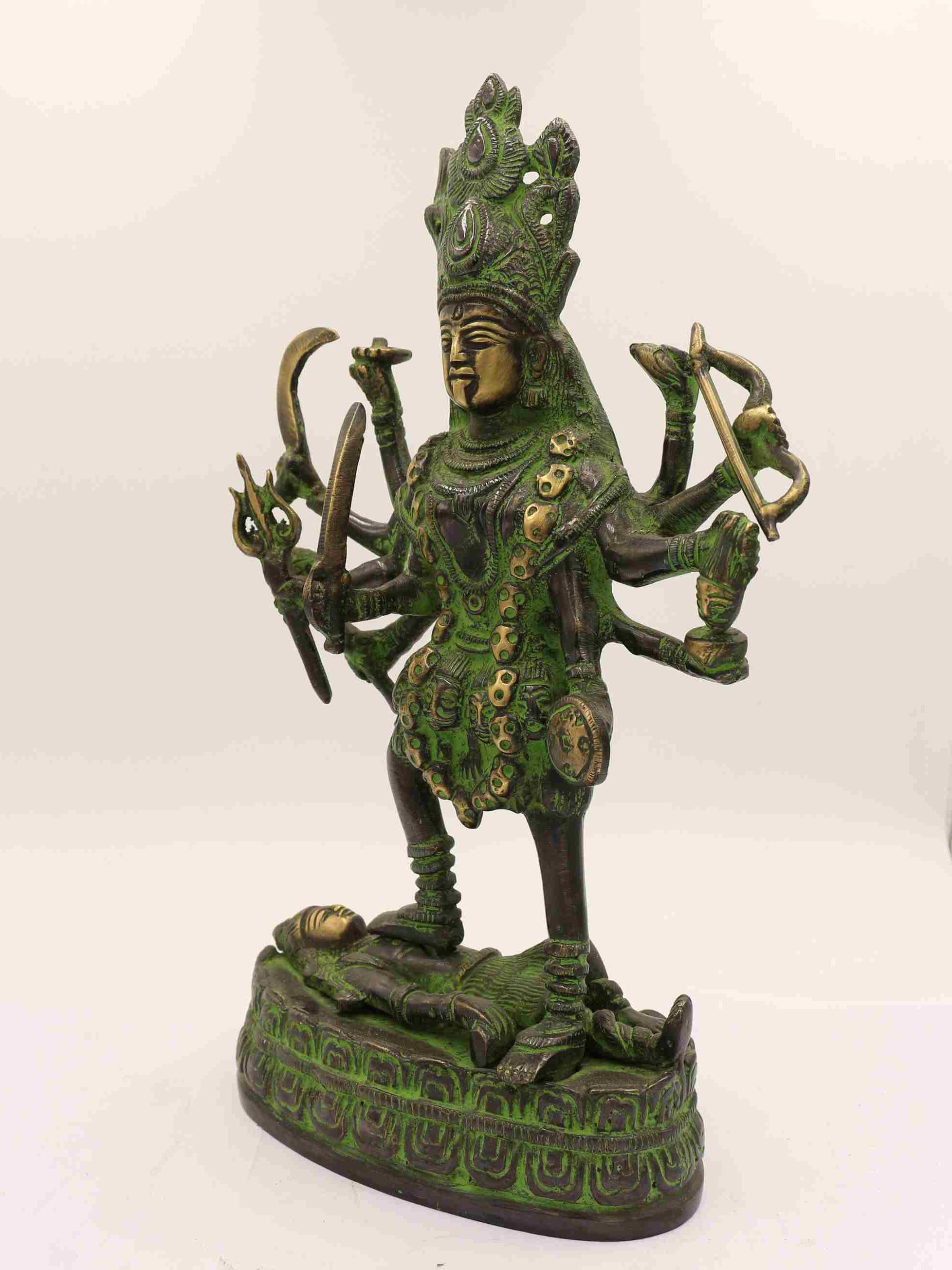 of Kali
of Kali 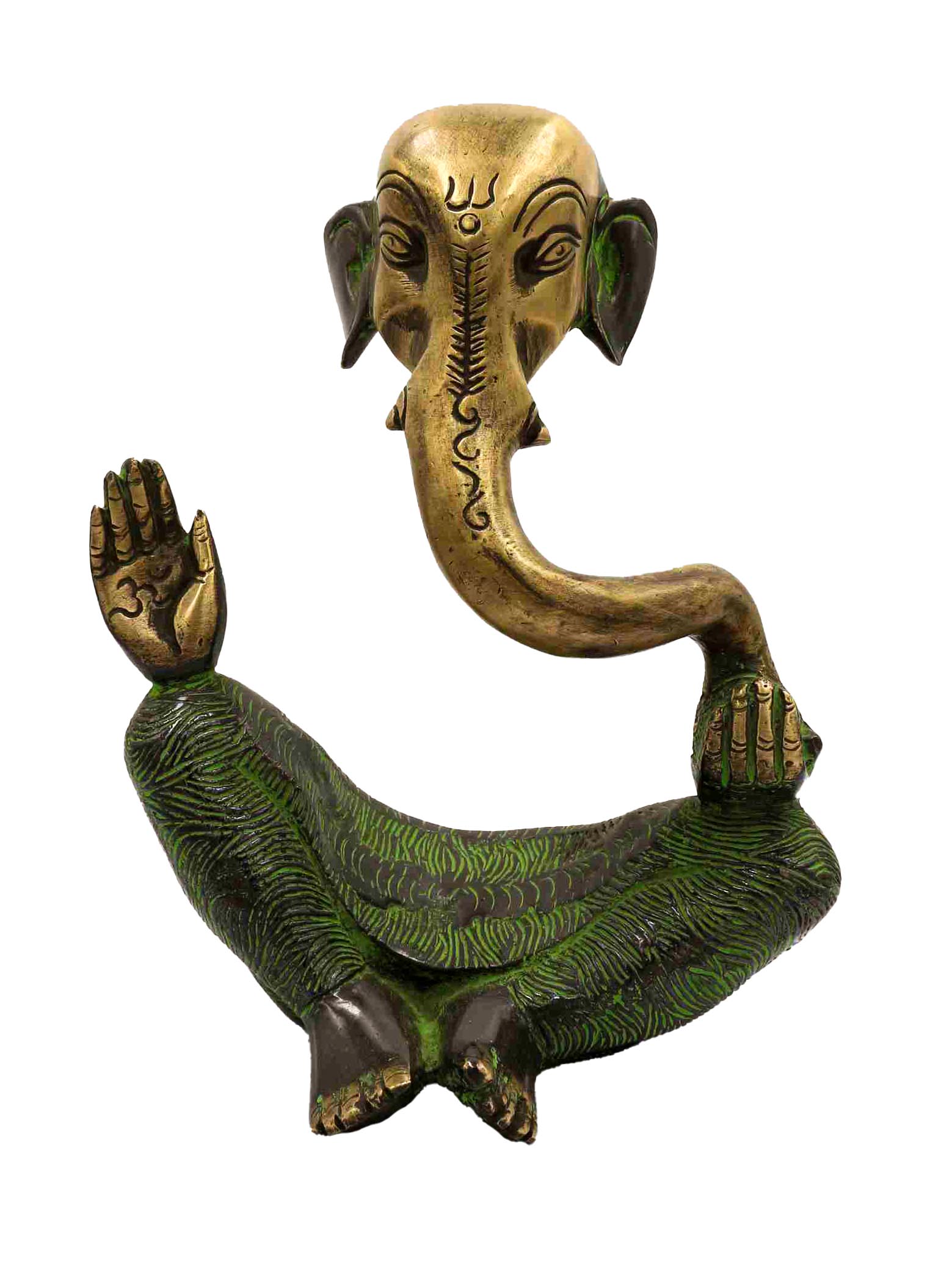 of Ganesh,
of Ganesh, 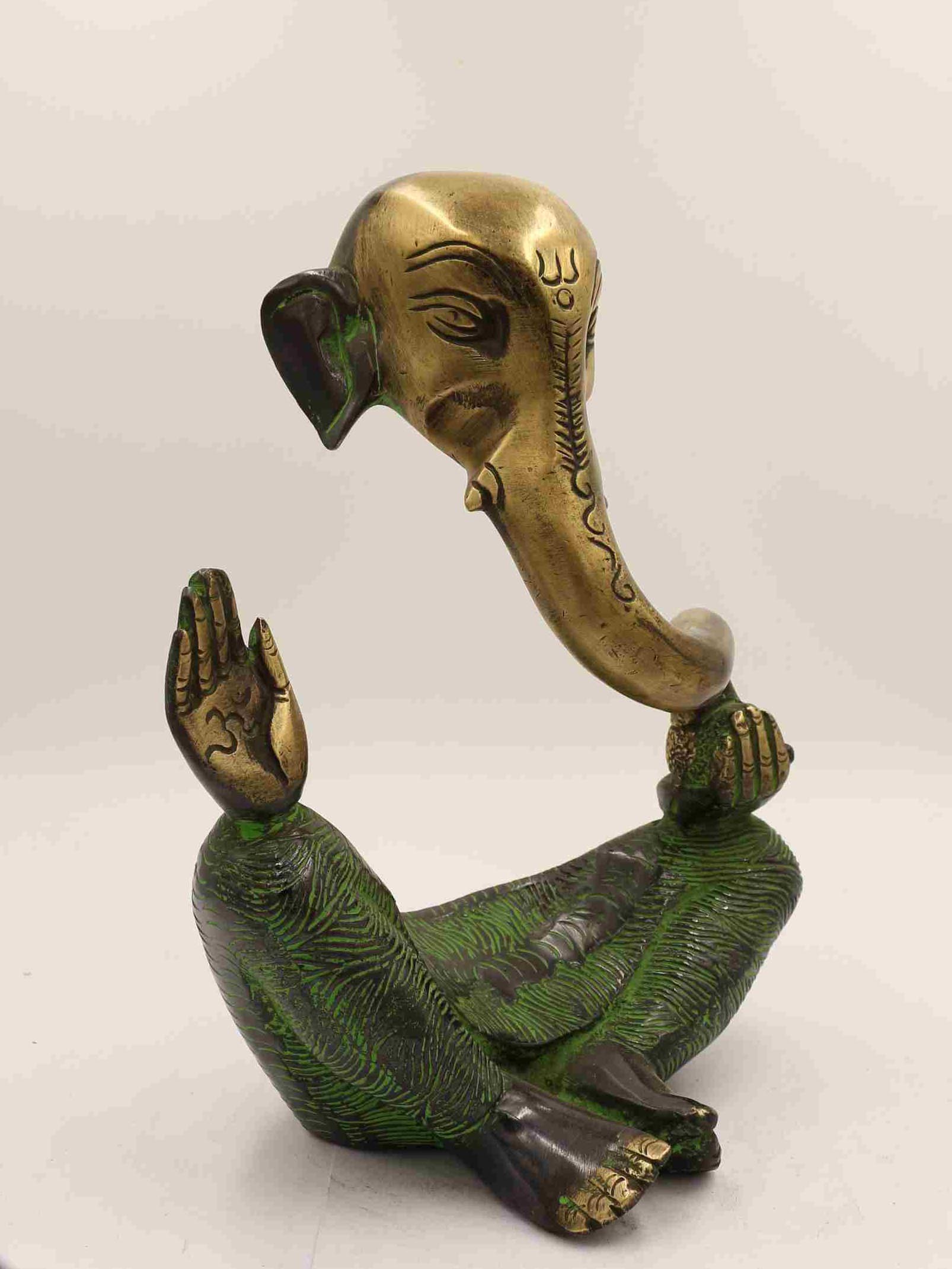 of Ganesh,
of Ganesh, 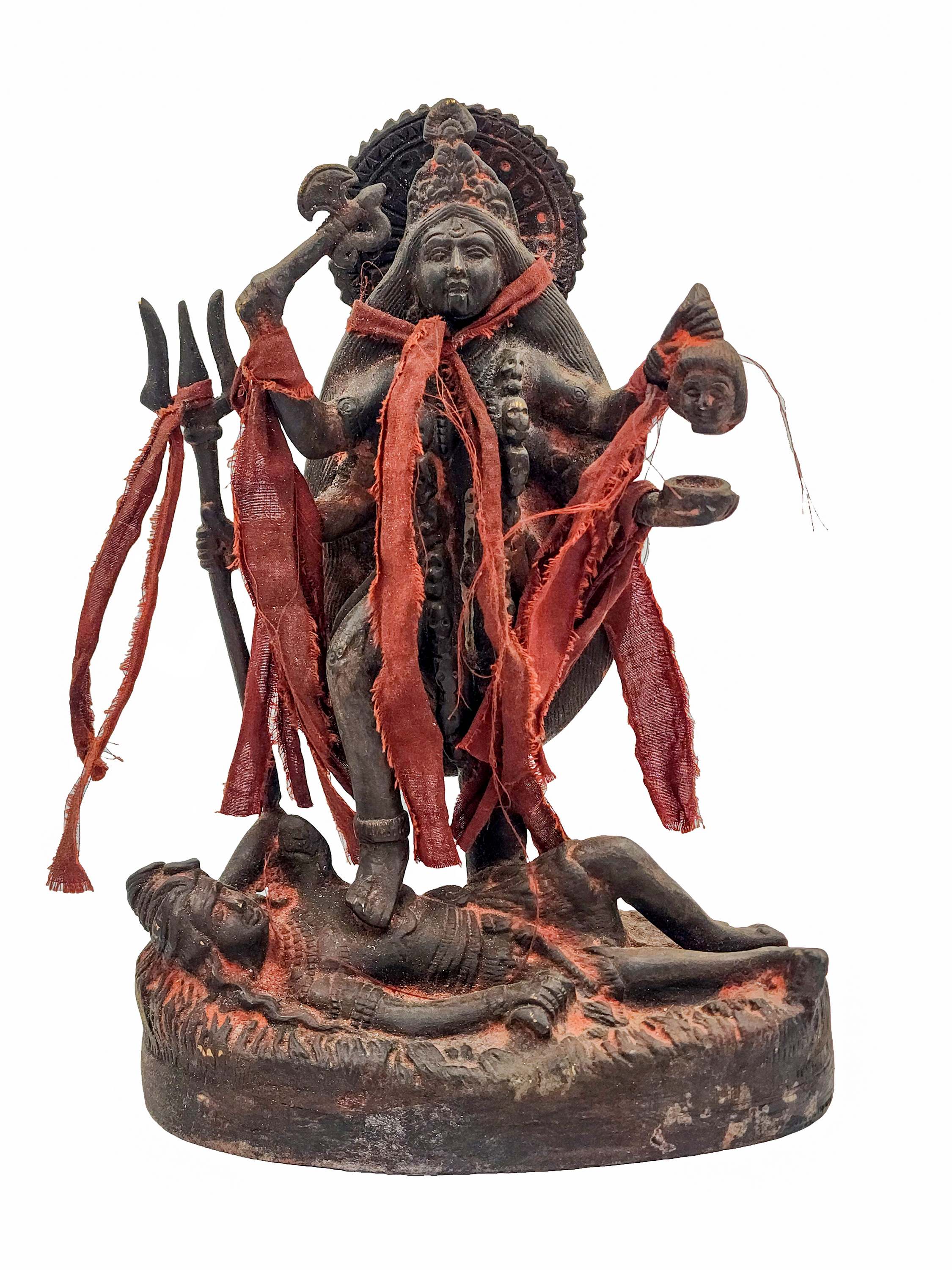 of Kali,
of Kali, 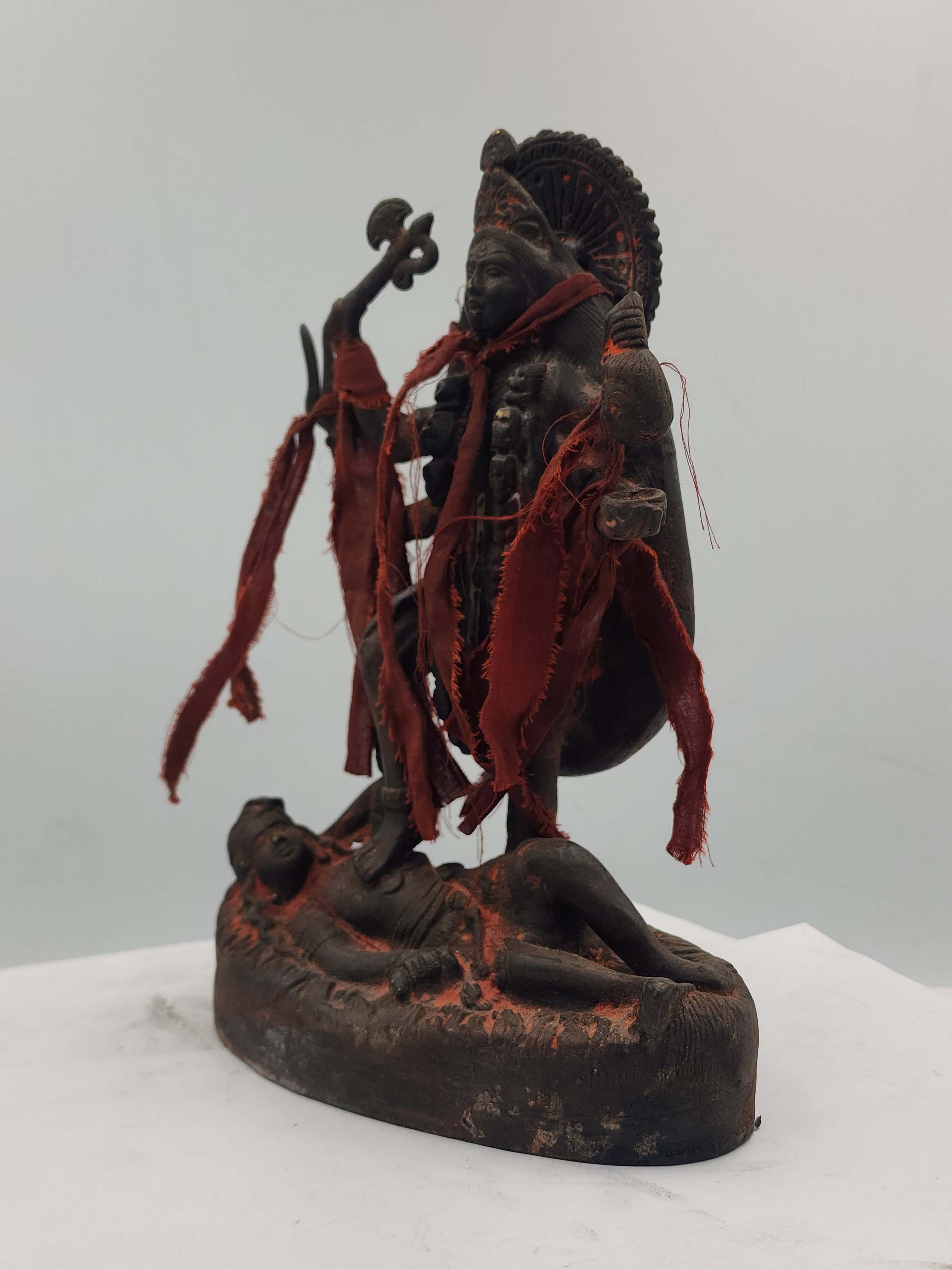 of Kali,
of Kali, 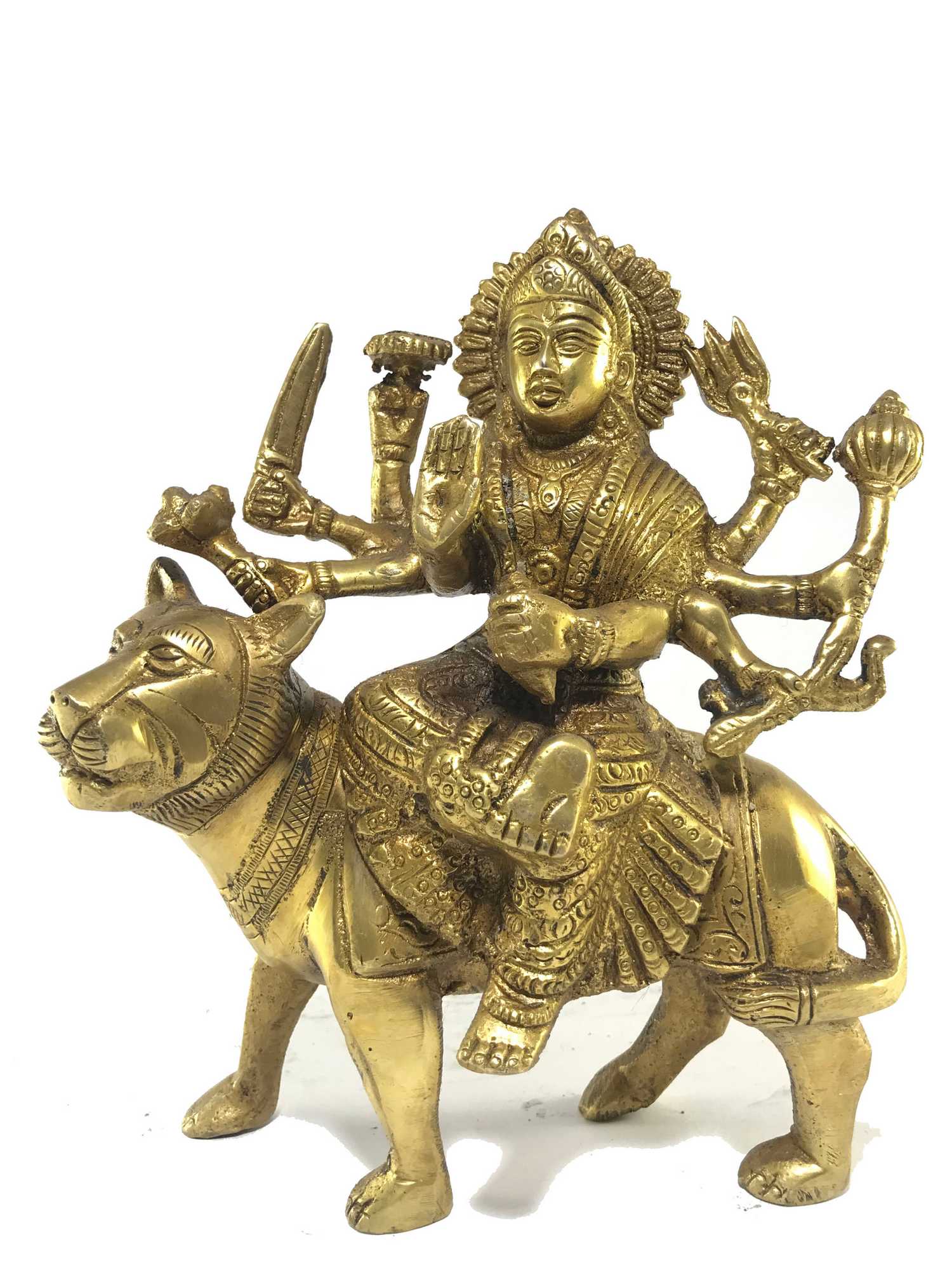 of Durga Glossy Finishing" title="Statue
of Durga Glossy Finishing" title="Statue 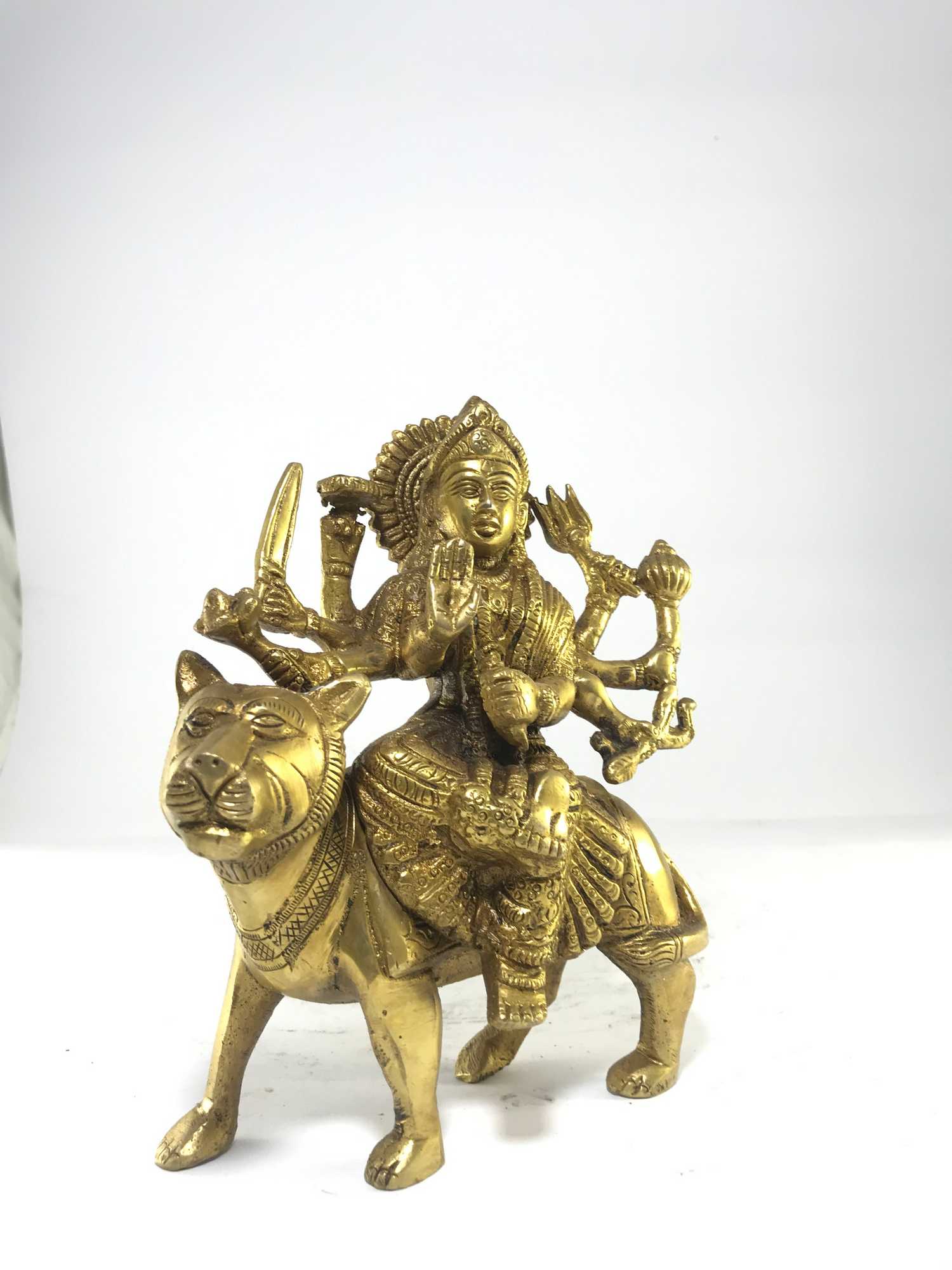 of Durga Glossy Finishing" title="Statue
of Durga Glossy Finishing" title="Statue 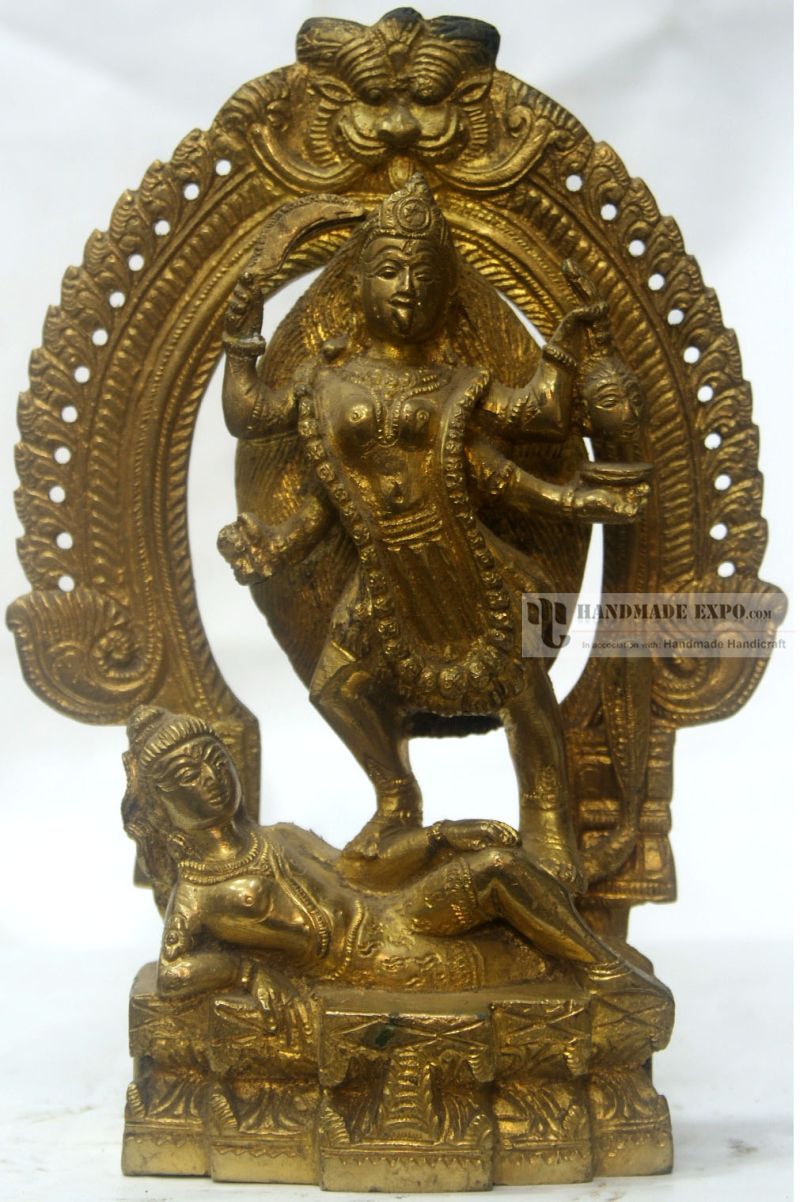
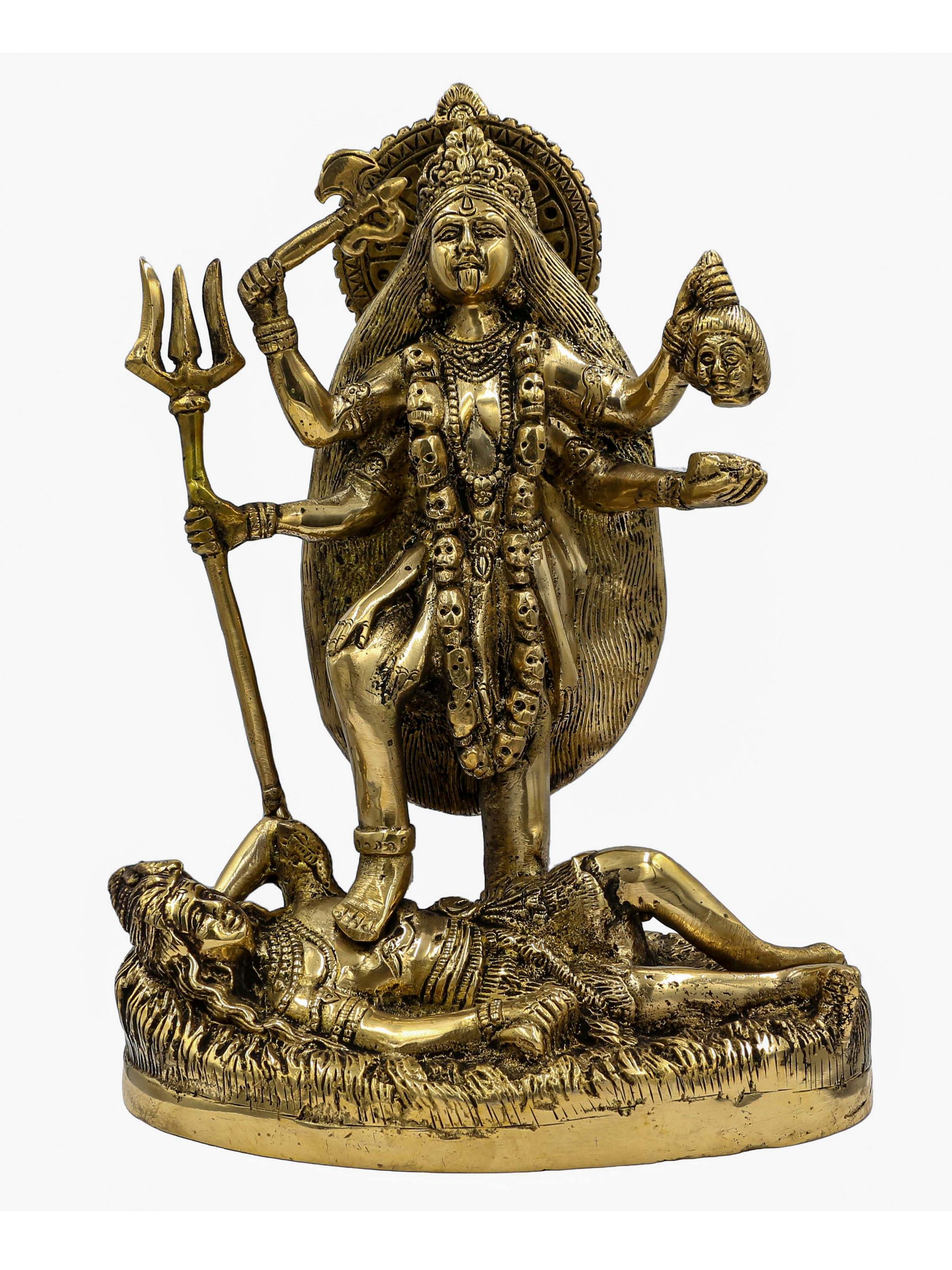 of Kali, Standing On Shiva Or Mahadev
of Kali, Standing On Shiva Or Mahadev 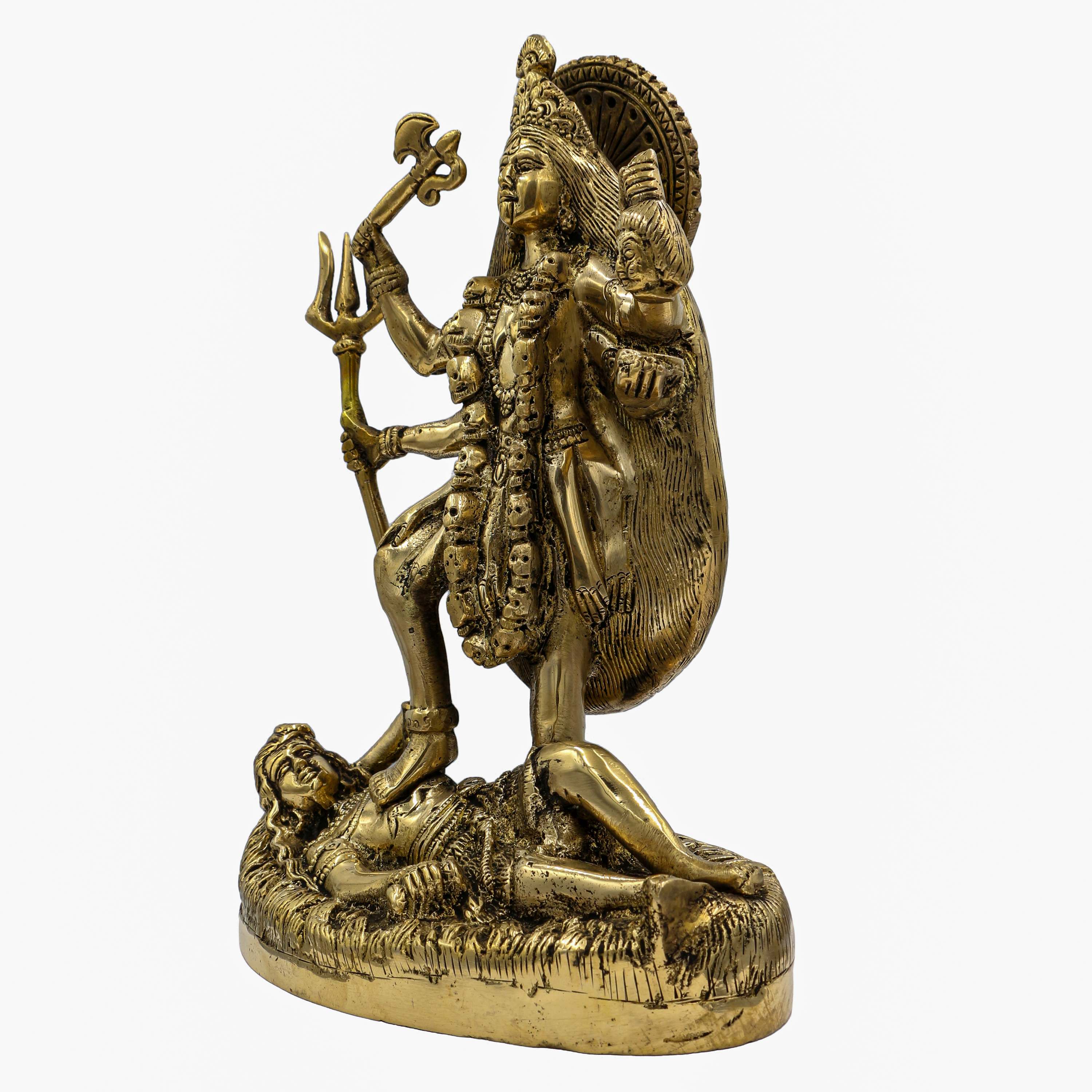 of Kali, Standing On Shiva Or Mahadev
of Kali, Standing On Shiva Or Mahadev 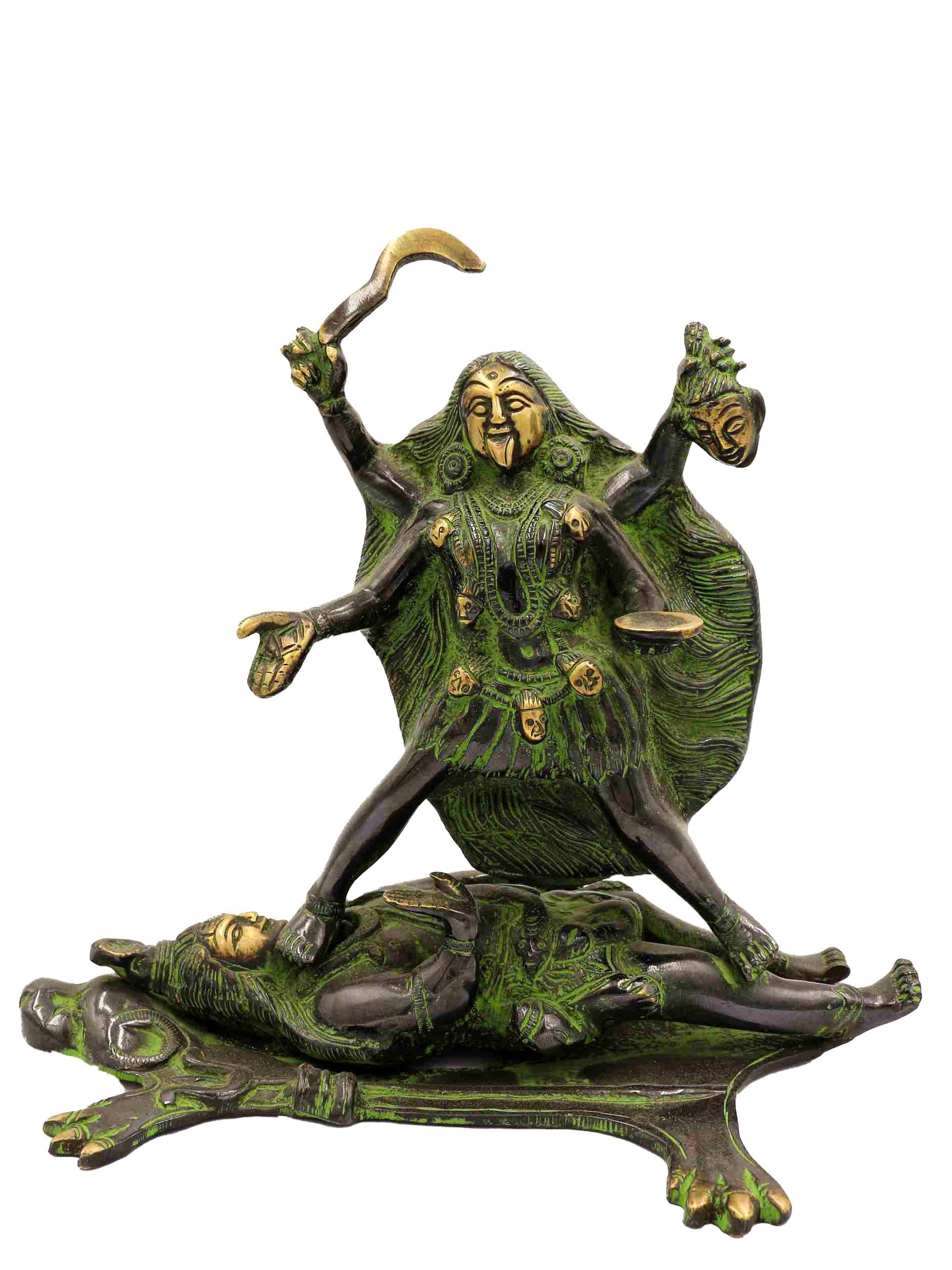 of Kali,
of Kali, 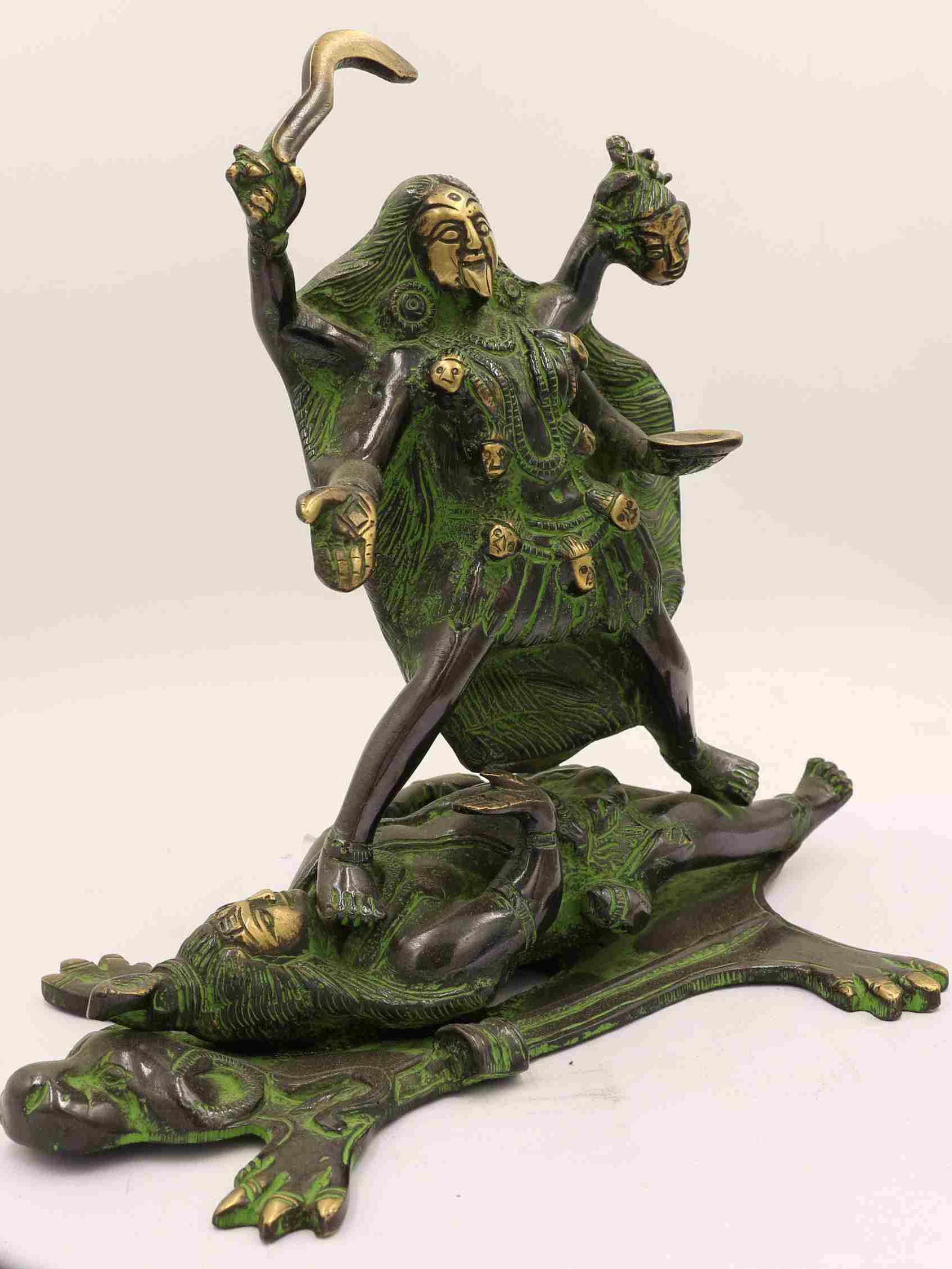 of Kali,
of Kali, 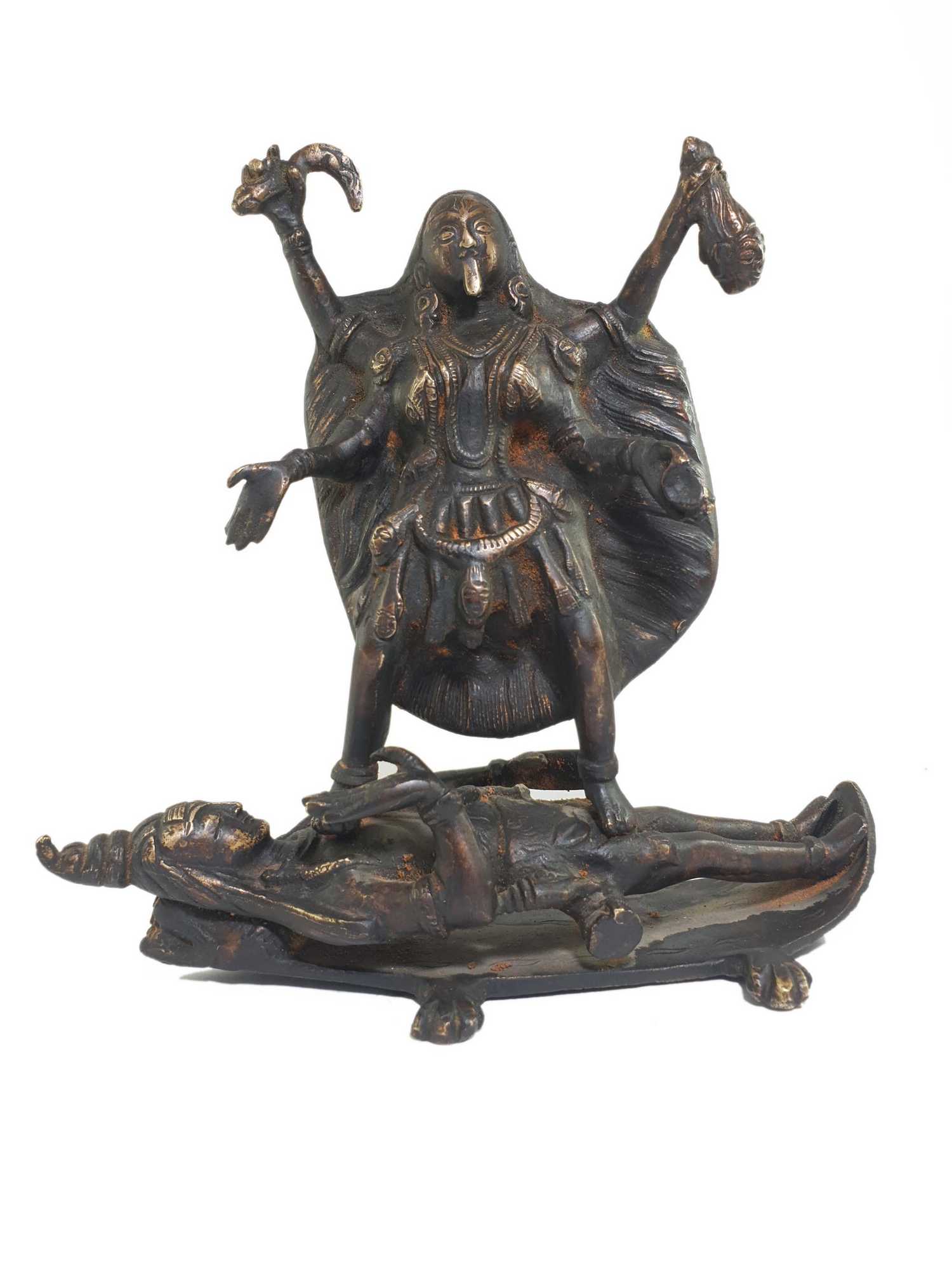 of Kali,
of Kali, 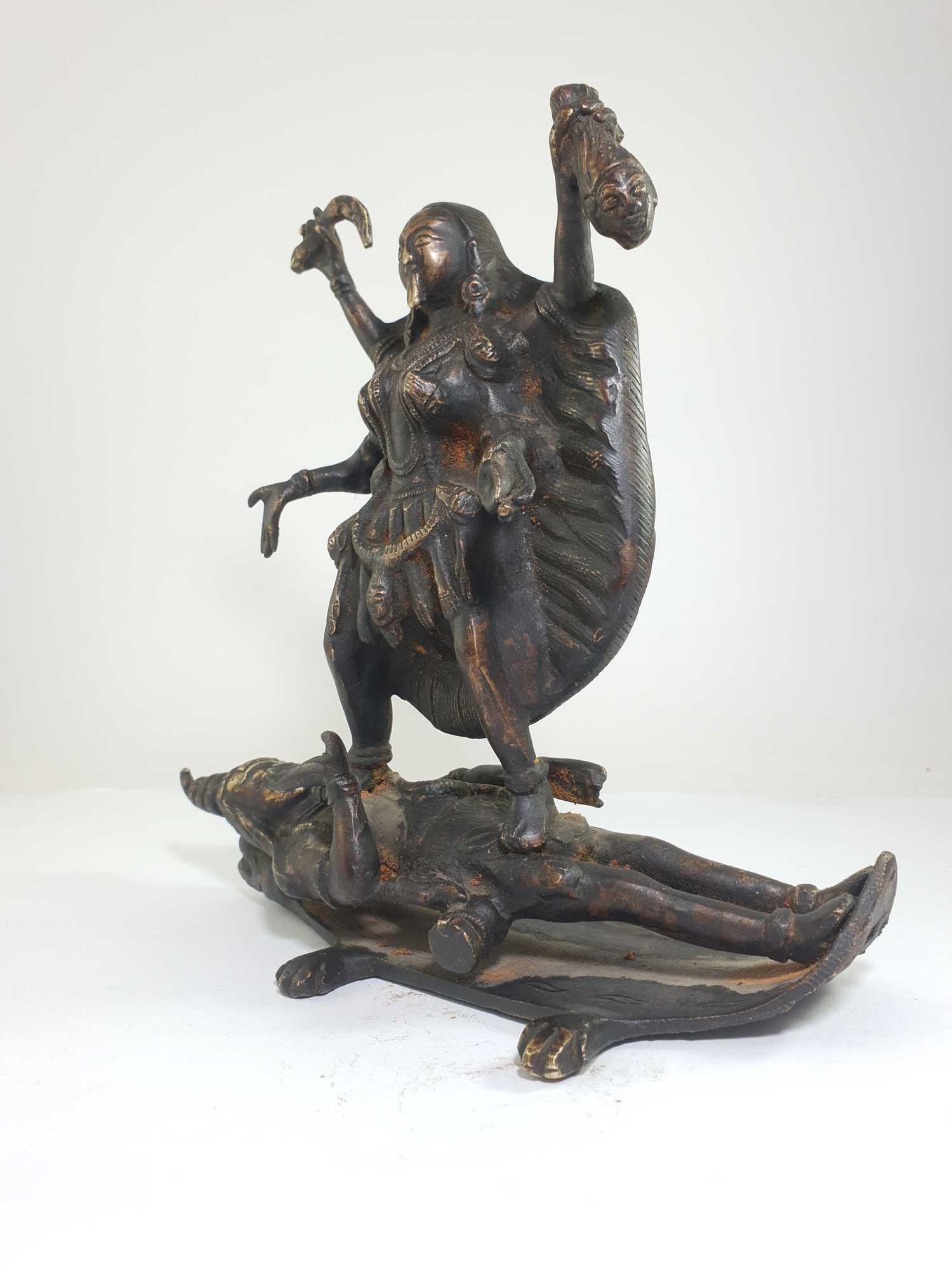 of Kali,
of Kali, 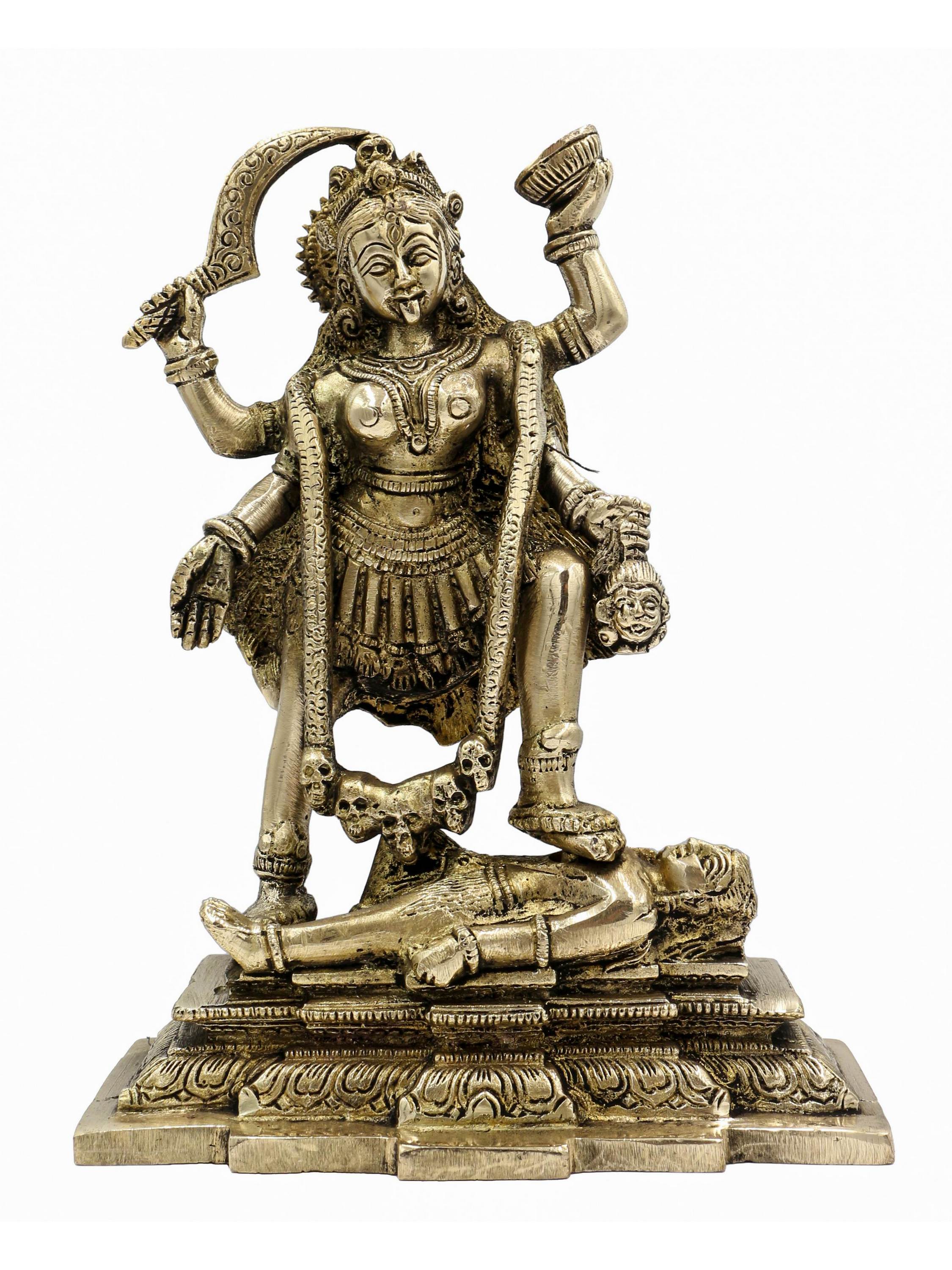 of Kali,
of Kali, 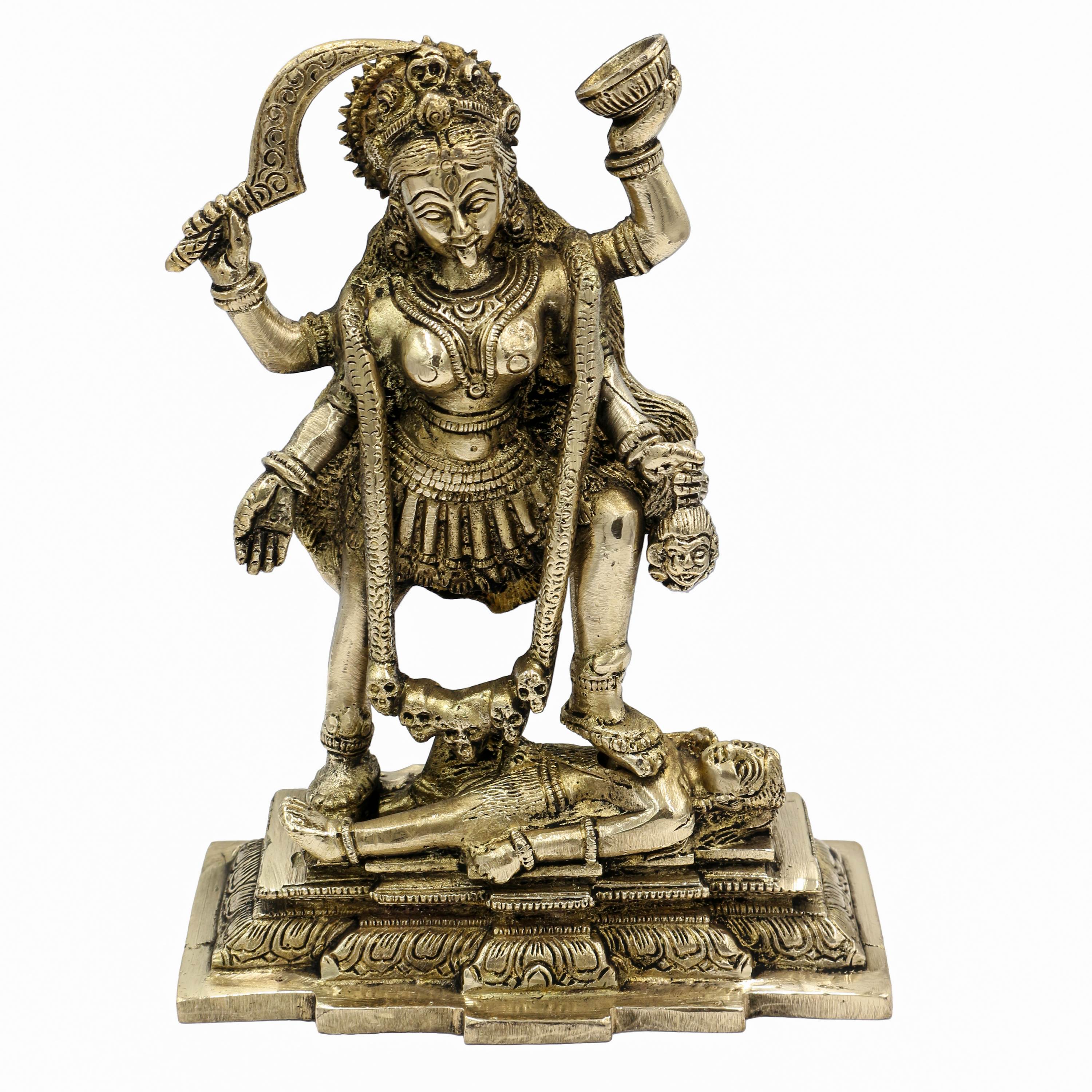 of Kali,
of Kali,